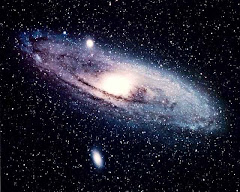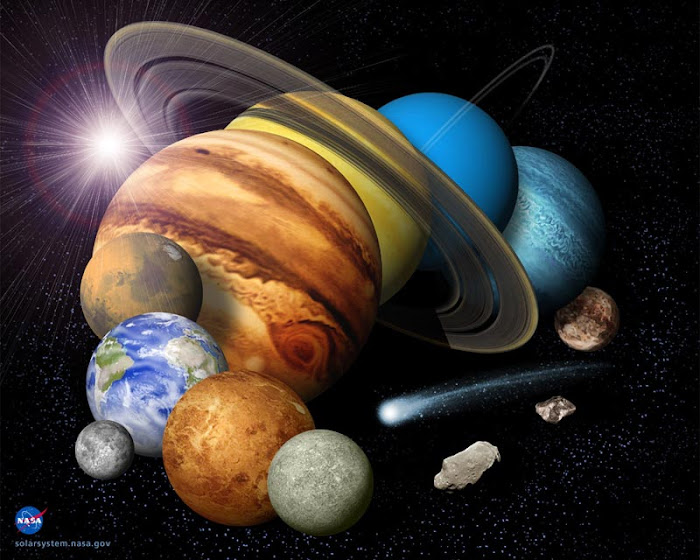The Spitzer Space Telescope (formerly the Space Infrared Telescope Facility or SIRTF) The name chosen was that of Dr. Lyman Spitzer, Jr., the first to propose placing telescopes in space, in the mid-1940s. The US$ 800 million Spitzer was launched on Monday 25 August 2003 at 1:35:39 (EDT) from Cape Canaveral Air Force Station, Florida.
Launch vehicle: Delta II 7920H ELV
Mission length: 2.5-5+ years
Mass: 950 kg (2090 lb)
Orbit Location: the Sun
Orbit period: 1 year
Diameter: 0.8 m
Focal Lenght: 10.2 m
The Chandra X-ray Observatory is a satellite launched on STS-93 by NASA on July 23, 1999. It was named in honor of Indian-American physicist Subrahmanyan Chandrasekhar who is known for determining the mass limit for white dwarf stars to become neutron stars. "Chandra" also means "moon" or "luminous" in Sanskrit.
Launch vehicle: Space Shuttle Columbia STS-93
Mission length: 4 days, 22 hours, 50 minutes, 18 seconds
Mass: 4,790 kg (10,600 lb)
Orbit period: 64.2 hours
Diameter: 1.2 m (3.9 ft)
Focal Lenght: 10 m (33 ft)
The Hubble Space Telescope (HST; also known colloquially as "the Hubble" or just "Hubble") is a space telescope that was carried into orbit by a Space Shuttle in April 24 1990. It was named in honor of the American astronomer, Edwin Hubble. Although not the first space telescope, the Hubble is one of the largest and most versatile, and is well known as both a vital research tool and a public relations boon for astronomy. The HST is a collaboration between NASA and the European Space Agency, and is one of NASA's Great Observatories, along with the Compton Gamma Ray Observatory, the Chandra X-ray Observatory, and the Spitzer Space Telescope
Mass: 11,110 kg (24,250 lb)
Orbit period: 96–97 minnutes
Diameter: 2.4 m
Focal Lenght: 57.6 m
Orbit location: low Earth orbit
Friday, July 11, 2008
Three Great Space Telescopes
Hubble Deep Field
In late September 2003 Hubble Space Telescope took this picture about 47 billion light years away.
In this NASA handout, a view of deepest view of the visible universe ever achieved are seen in a Hubble Telescope composite photograph released March 9, 2004. The Hubble Ultra Deep Field (HUDF) photograph is a composite of a million one-second exposures and reveals galaxies from the time shortly after the big bang.
Subscribe to:
Comments (Atom)












